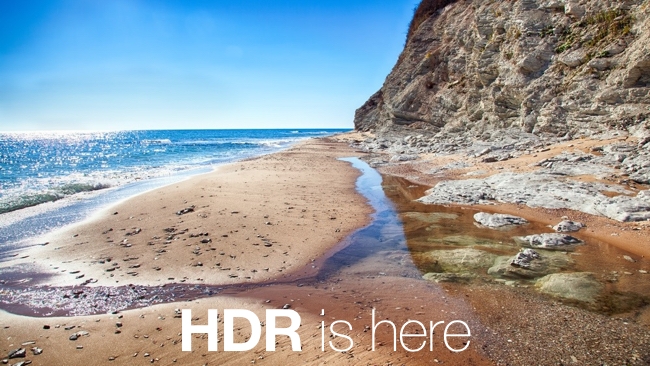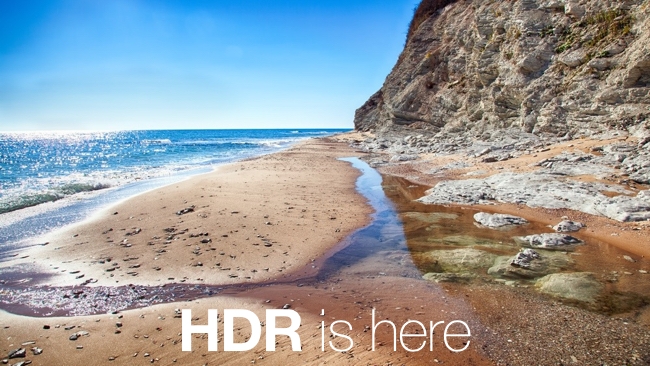

I recently had a tip-off from a TV manufacturer that it is going to launch some new models at NAB. A key feature of these new sets will be High Dynamic Range (HDR). I’m not completely surprised by this because at the point where everyone else is doing, well, everything, it’s getting harder to make your products stand out.
So, those that can, will be making HDR TVs and probably announcing them for the first time at the Consumer Electronics Show in Las Vegas in January.
I’m excited about this because, as we’ve said very clearly, HDR is the best thing to happen to television, probably in the last thirty years.
And if it really takes off, which it well might, then that will have important consequences for those of us who make videos and films, and for anyone involved in post production.
The great thing about HDR is that it’s not massively technically demanding. Well, let me qualify that. The companies like Dolby, who have done a lot to the groundwork, have made it so that it’s not too difficult. In terms of additional data, the jump to HDR is small compared to another quadrupling of the pixel count. So you don’t need masses of extra bandwidth or processing power. What you do need if you’re producing HDR content is a monitor that’s capable of showing the results, and software that will allow you to produce two grades: one for HDR, and another for the majority of us that will still have standard DR for the time being.
It will mean that we’ll have to design our productions differently. Only experience will tell us how much so, though, because normal, every day life is in HDR. Up to now, most of the time in shooting and grading, it’s an exercise in reducing this dynamic range so that it will look OK on our very restricted dynamic range conventional monitors.
What about cameras? There’s good news here. For some time now, our cameras have have a dynamic range that is way in excess of a typical TV. Some of the newer ones with a DR of between 13 - 15 stops will be ideal. Just to repeat: we do not have to wait for HDR cameras: they’re already here.
Tags: Studio & Broadcast


Comments